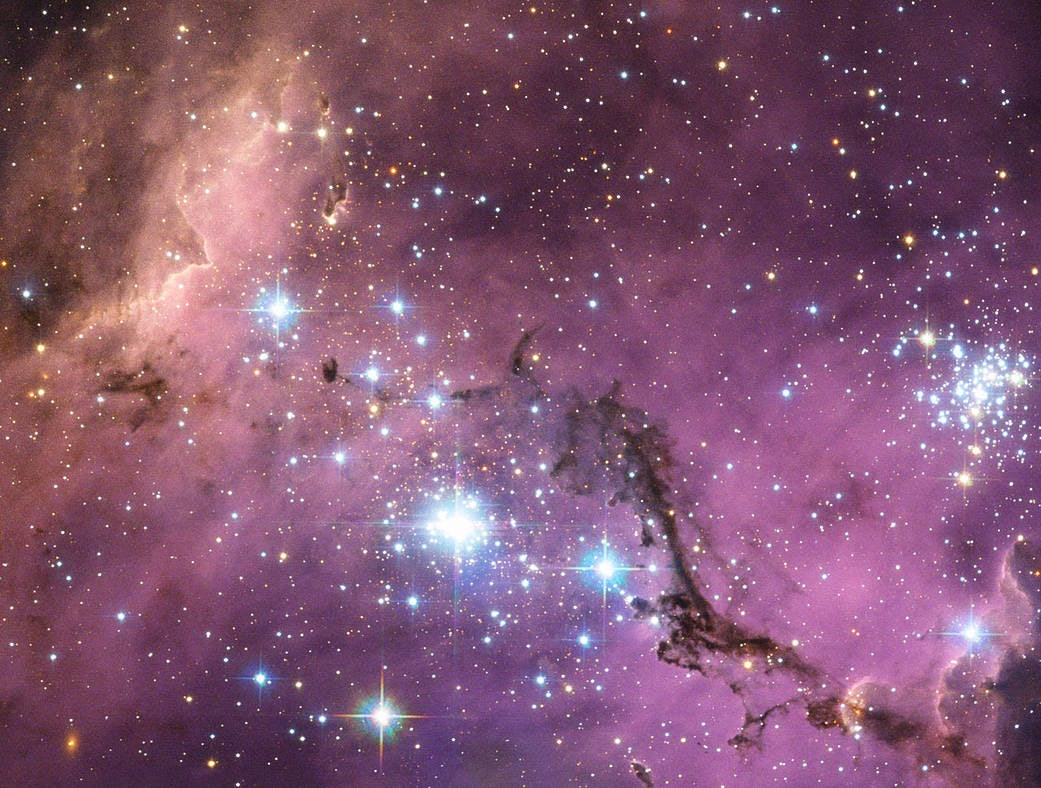
Whether it’s Elvis on your potato chip or George Washington as a McNugget, humans are extremely good at spotting human-like faces where there shouldn’t be any. Ever thought a three-point plug looks like a surprised emoji? Or that your Cheerios aligned into a happy smile? You know what I mean. This phenomenon is called pareidolia — the tendency to see patterns (or in this case, faces) in random collections of shapes, colors, and images. This is most acutely apparent in the Rorschach inkblot test — but it can also be apparent at the cosmic scale, too.
This is an adapted version of the Inverse Daily newsletter for Wednesday, May 25, 2022. Subscribe for free and learn something new every day.
In today’s space science-packed newsletter, read about that strange happening and more. We’ve made it to Wednesday — reward yourself with indulging your curiosity.
Beware: We’re going to take a break from Inverse Daily for the Memorial Day weekend, so we’ll be back on Wednesday, June 1. Also, lookout for a new byline on this newsletter coming to you in the next week — I’ll be signing off as a new newsletter writer takes up the mantle. Be nice! Now, on with the stories.
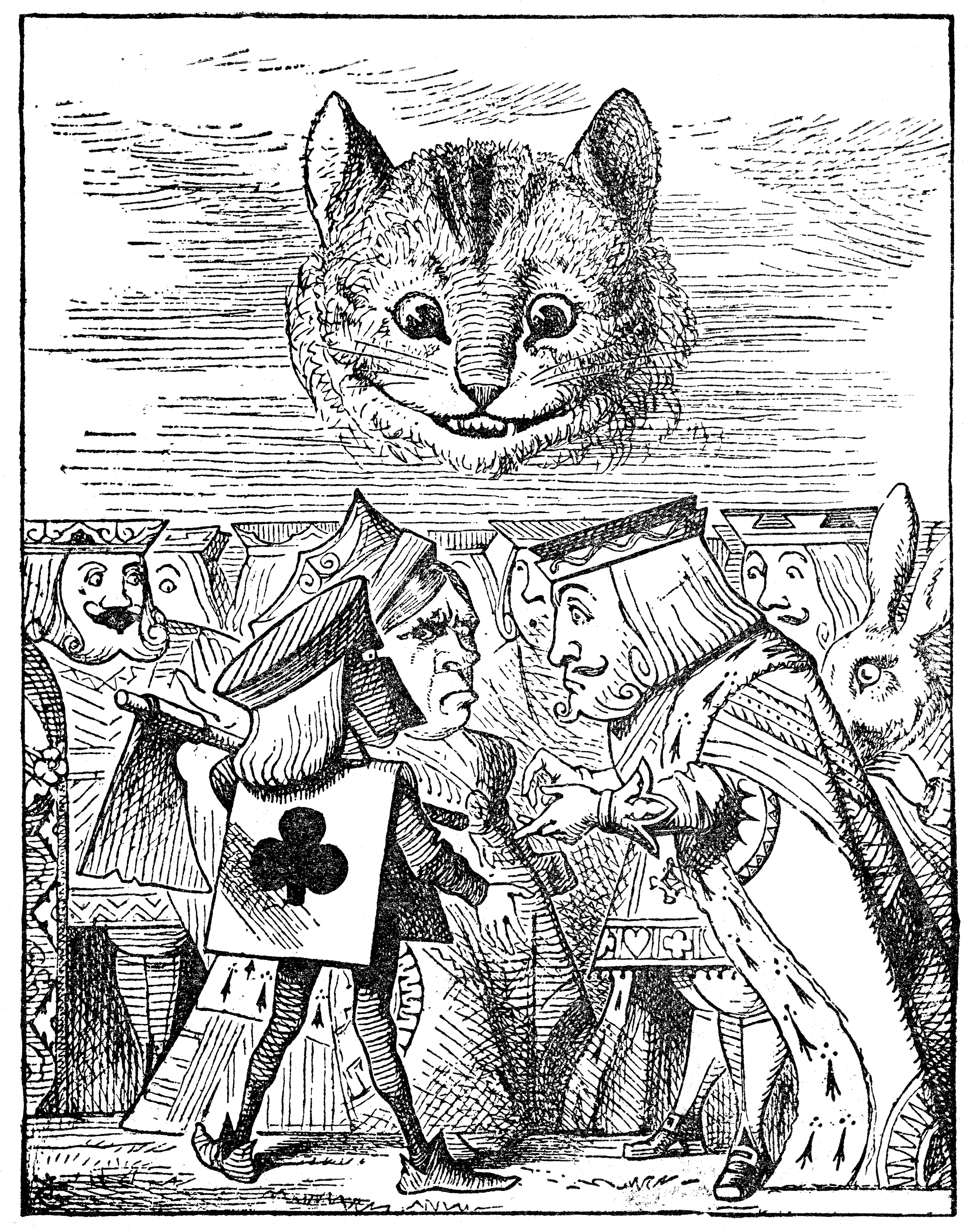
Hubble Telescope captures rare sight of a “smiling” space object
A rare type of supernova — DEM L249 — can be spotted in space thanks to the 32-year-old Hubble Space Telescope’s mesmerizing photo of the object, released May 13 by the European Space Agency.
The cartoonish grin is actually evidence of a psychological quirk of our own, called pareidolia, which is the tendency to see meaningful, face-like expressions on or in random objects or natural phenomena. (If you want to know what we mean, take a look at your nearest three-point socket.)
The image shows the two luminous, blue-tinted stars on either side of the image field above a gaping maw made up of galactic filaments underneath. The object, DEM L249, is located about 160,000 light-years from Earth in the Large Magellanic Cloud — a satellite galaxy of the Milky Way.
The spark that triggered the seemingly happy scene isn’t much to laugh about.
The filaments of dust and gas captured in the image are actually the remains of a stellar explosion — specifically, the supernova of a usually-stable white dwarf star. Some 95 percent of all stars — including the Sun — will become a similar object at the end of their lives.
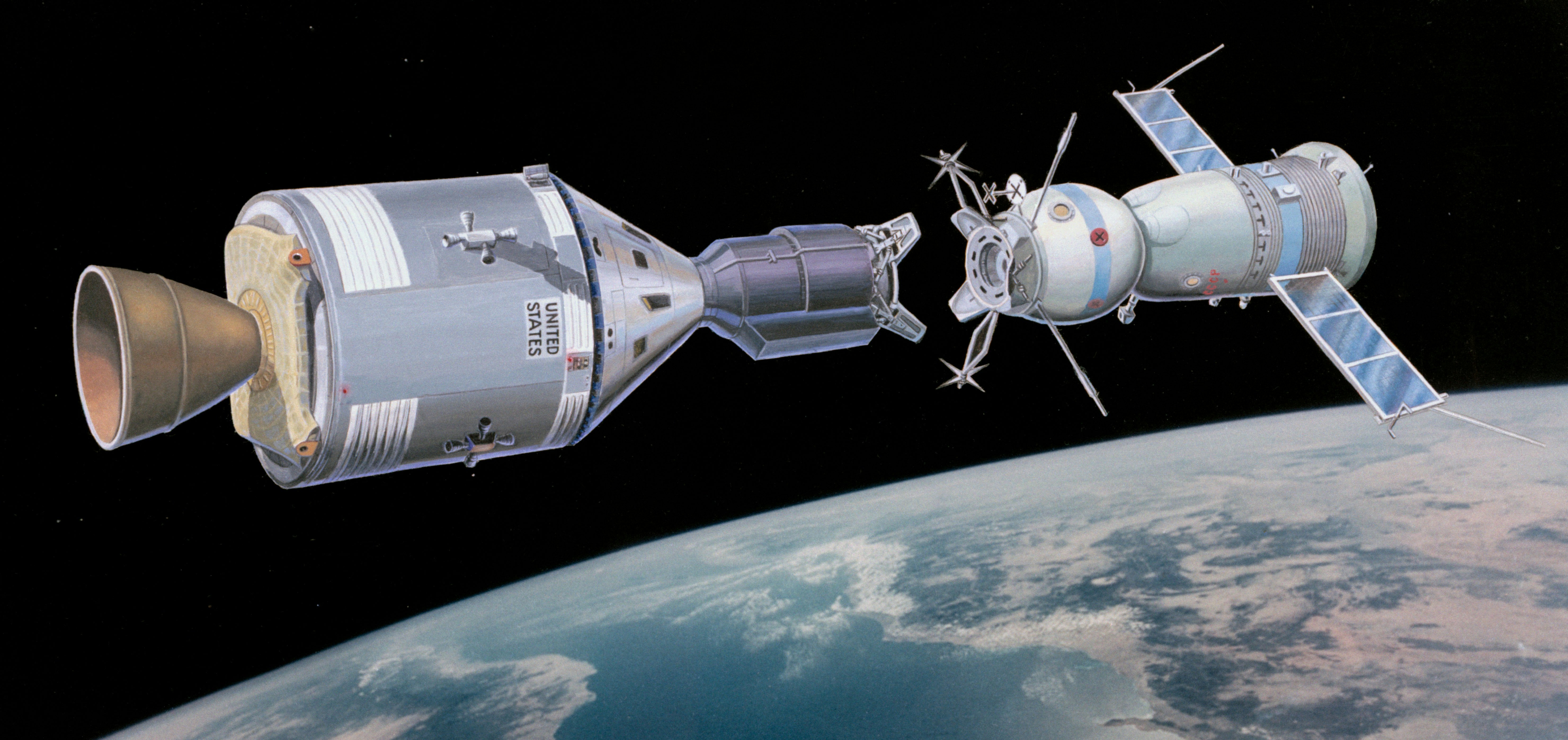
50 years ago, the U.S. and U.S.S.R. joined forces to ensure astronauts could survive in space
In 1972, the U.S. and the U.S.S.R. signed a landmark agreement that led to the first international space mission — a test to ensure one superpower could help the other’s astronauts out in space.
Signed by President Richard Nixon and Premier Alexie Kosygin in the U.S.S.R on May 24, 1972, the agreement led to the first international crewed space mission, 1975’s Apollo-Soyuz Test Project.
John Logsdon, an expert in space policy and professor emeritus at George Washington University, explains that Nixon’s actions were informed by the ideas of his then-Secretary of State Henry Kissinger. Kissinger had grand ideas for the future of international relations and, together with Nixon, he believed an agreement toward mutual assistance between the U.S. and the U.S.S.R. would ultimately help the U.S. hold greater influence over world politics.
“The main idea of the project was symbolic to indicate a relationship of data sharing between the United States and the Soviet Union, which was Kissinger’s foreign policy goal,” Logsdon explains.
“Also, technically, it was intended to show that the United States could dock with the Soviet Union, and to rescue stranded people in one way or another,” he adds.
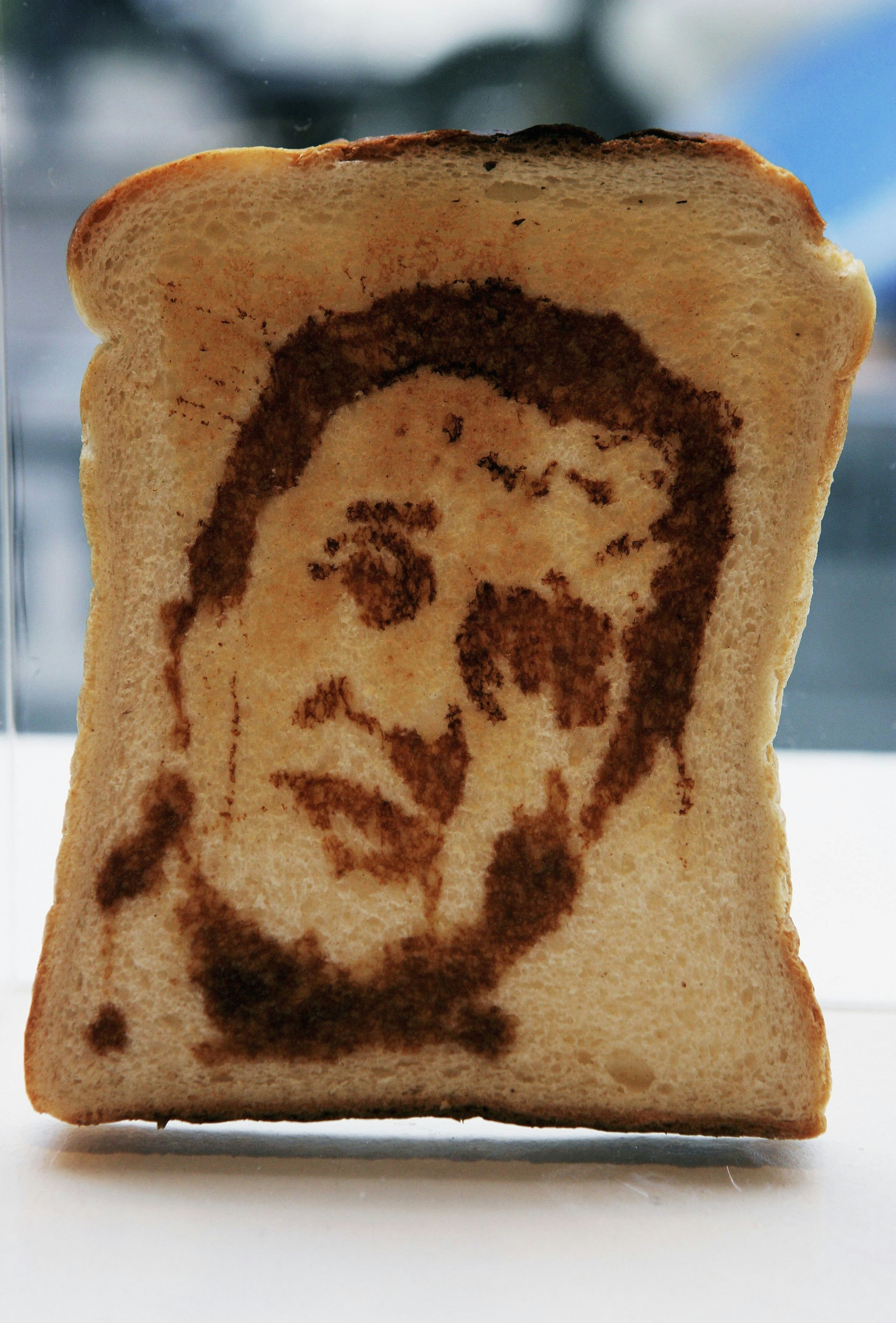
NASA plans to launch an unexpected organism to space to study cosmic radiation
A new experiment that is set to accompany the Artemis 1 mission will analyze how brewer’s yeast fares against cosmic radiation.
A significant danger of space travel is cosmic radiation. This invisible bombardment of heavy and high-energy subatomic particles, released by the universe’s most dynamic displays such as solar flares and supernovas, can cause damage to the human body. If humans are ever going to take longer trips in space, say to Mars, we’ll need to figure out how to get there without damaging our bodies.
Unfortunately, cosmic radiation is hard to replicate in a laboratory. This makes studying its damaging effects a challenge. In an effort to better understand how this form of radiation will impact humans who journey far outside the cocoon-like magnetic field environment surrounding Earth, scientists have placed two strains of brewer’s yeast — also known as Saccharomyces cerevisiae — into cartridges to fly on NASA’s upcoming BioSentinel mission, which is tentatively scheduled for later this year.
NASA considers S. cerevisiae a fantastic stand-in for our cells. In particular, this yeast repairs DNA damage — one major consequence of radiation — in a similar way to how human cells do it.
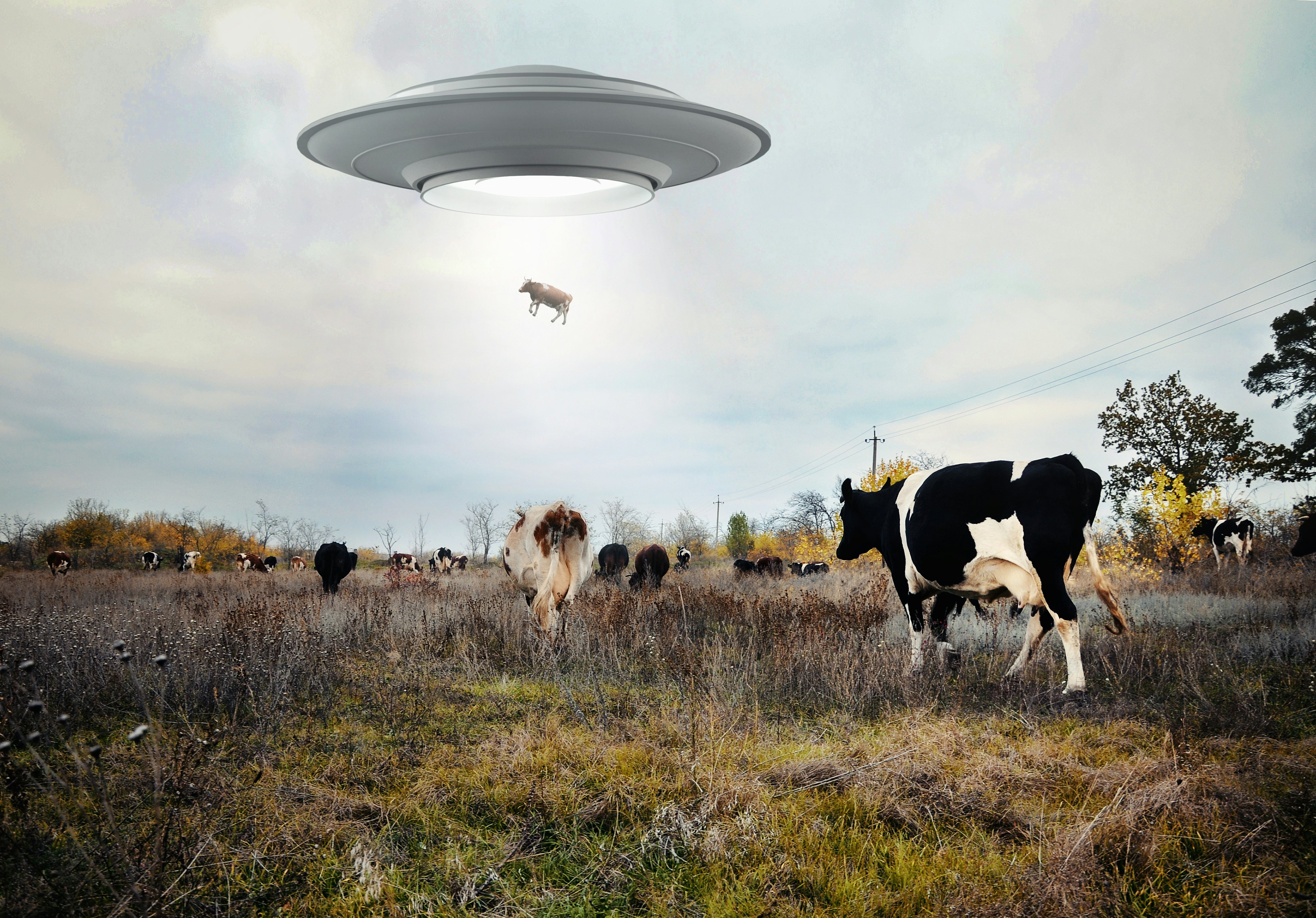
The first congressional hearing on UFOs in 50 years shows America’s interest in aliens will never fade
On Tuesday, May 17, members of the U.S. Congress gathered with military personnel to publicly discuss a rather unusual topic: UFOs. Or, as the U.S. military now calls them to avoid the stigma of that name, unidentified aerial phenomena, or UAPs.
Although it is the first Congressional hearing on the topic in over half a century, it isn't entirely new airspace for Congress (so to speak). And for all the curiosity of elected officials grilling military intelligence about something academics generally don't take very seriously, the topic highlights a mundane question: Is it possible to look up at the sky and identify, with certainty, every vehicle — every perfectly mundane human-made drone or aircraft — that flies up there?
The answer is almost certainly no.
“There’s no illusion that we’re going to be able to, 100 percent, have perfect surveillance,” says Andrew Weinert, a member of the Homeland Protection and Air Traffic Control Division at MIT Lincoln Laboratory. “It would be great if we did.”
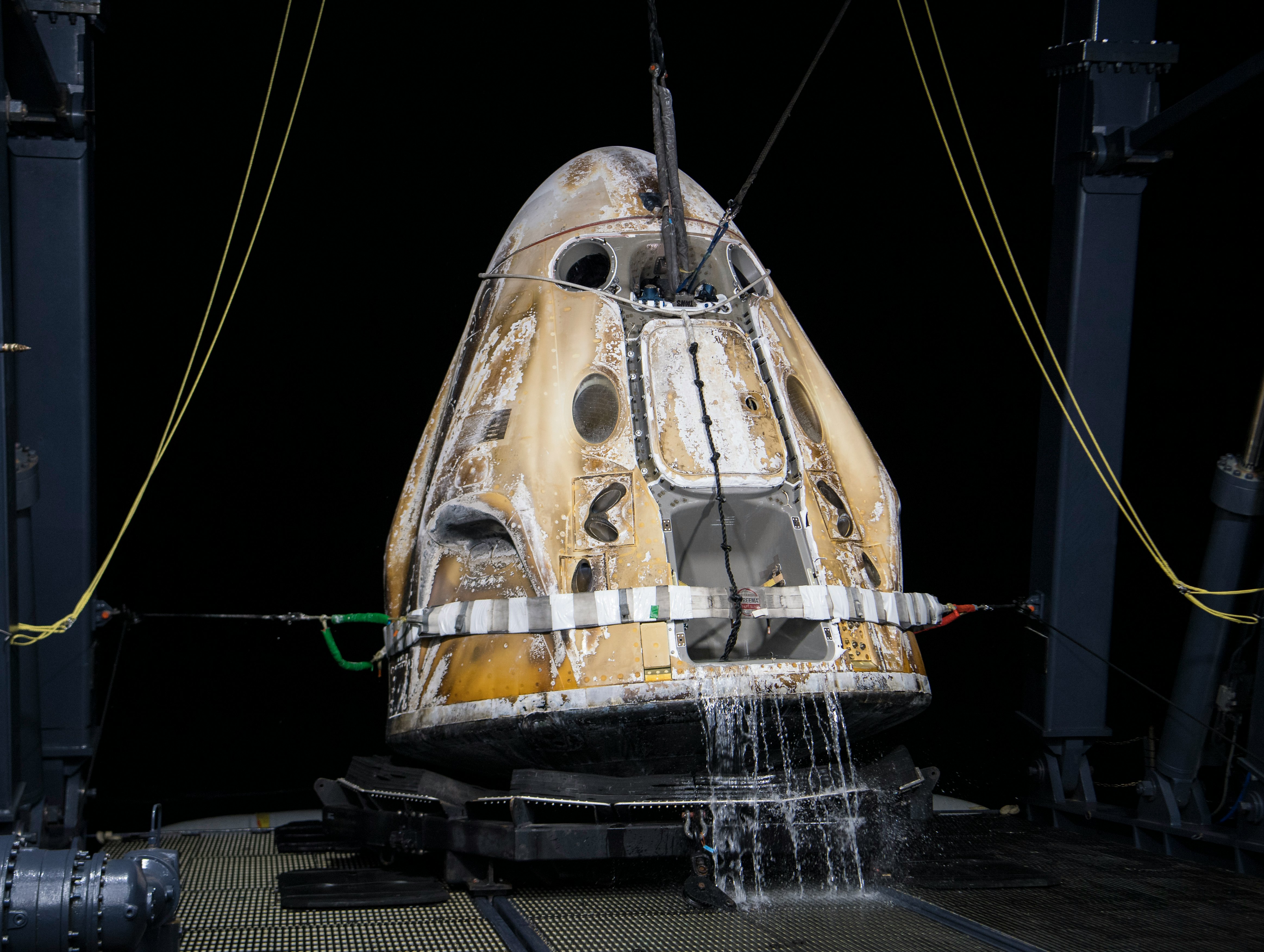
About this newsletter: Do you think it can be improved? Have a story idea? Want to share a story about the time you met an astronaut? Send those thoughts and more to newsletter@inverse.com.
- On this day in history: On May 25, 2012, the SpaceX Dragon C2/3 capsule docked with the International Space Station, marking the first commercial spacecraft to sync up with the station and a new era for both NASA and SpaceX.
- Song of the day: “Dragon Song,” by John McLaughlin.







